The 5 Best Animal Documentaries
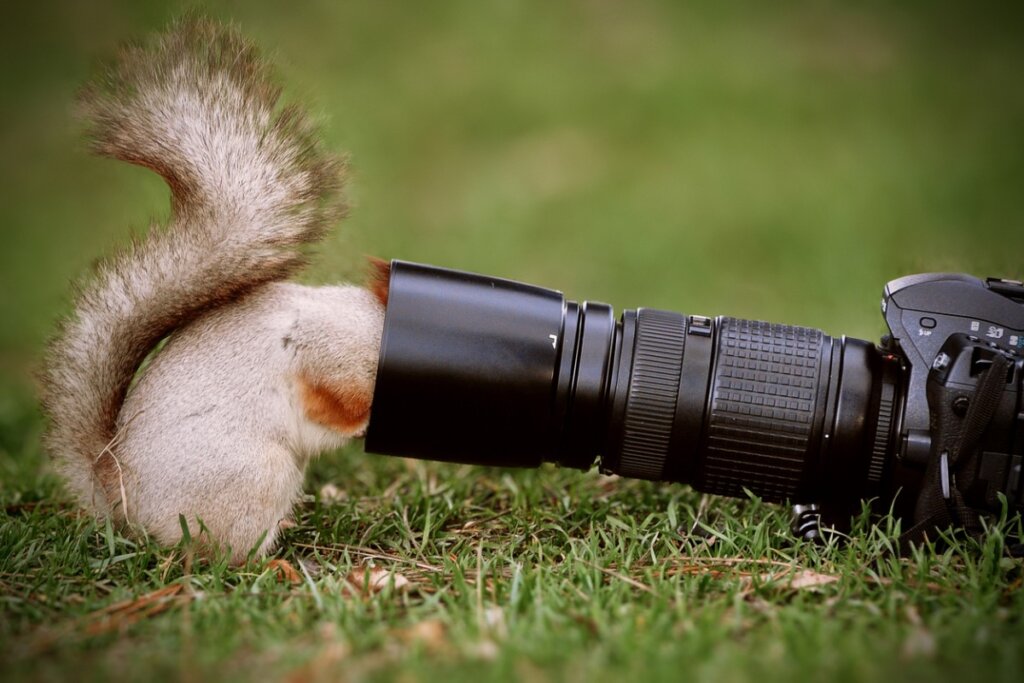
The planet is so vast and rich in animal species and vegetation that new living beings are being discovered and studied all the time. The best animal documentaries that we’re going to feature today demonstrate the consequences of some of the problems that affect the life and ecosystems of many animal species.
Climate change, poaching and man-made pollution cause species to be lost almost often on a daily basis. For this reason, many activists and documentary makers have set themselves the task of telling the reality behind the situations of many animals. Next up…the 5 best animal documentaries.
1. Cowspiracy – Kip Andersen and Keegan Kuhn (2014)
This graphic film focuses on explaining, through the journey of an ecologist, the search for an answer to the problem of meat consumption and the effects that the meat industry has on the planet. Without a doubt, the information presented here is devastating.
This documentary demonstrates the consequences of extensive cattle ranching, with a special emphasis on deforestation and pollution. It lasts 91 minutes and includes the opinion of various environmental organizations regarding several of the issues addressed.
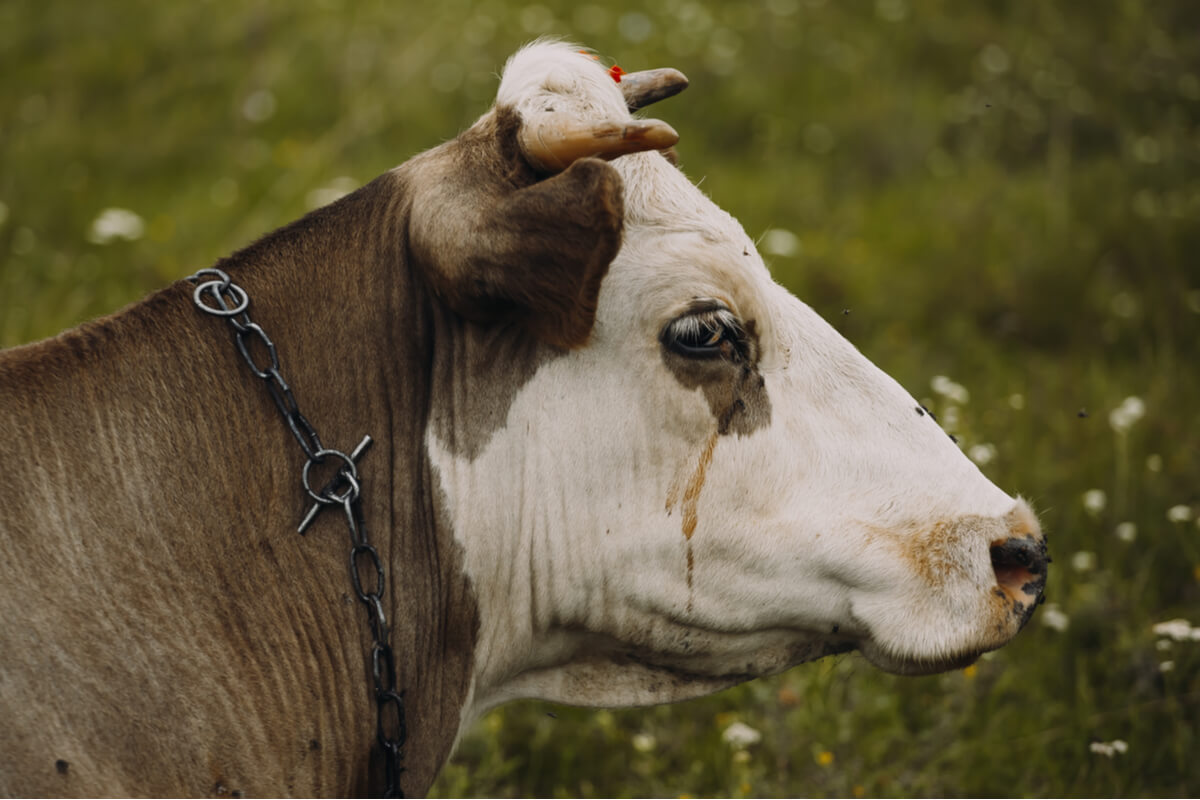
2. Terra – Yann Arthus – Bertrand and Michael Pitiot (2016)
This is one of the best animal documentaries that has ever been created, as it vividly exposes the relationship between nature and man. Terra shows how some species – such as the elephant or the rhinoceros – see their existence limited to protected numbers so as not to become extinct.
This film is 97 minutes long and also exposes the harsh reality of orangutans in Asia.
The documentary conveys the main idea that the planet has limited resources. In addition, it exposes the increase in the consumption of animals by man and the consequences of the extension of livestock, especially due to the invasion of the ecosystems of foreign species. It was a piece well received by critics, as it leaves a conclusion open to the viewer.
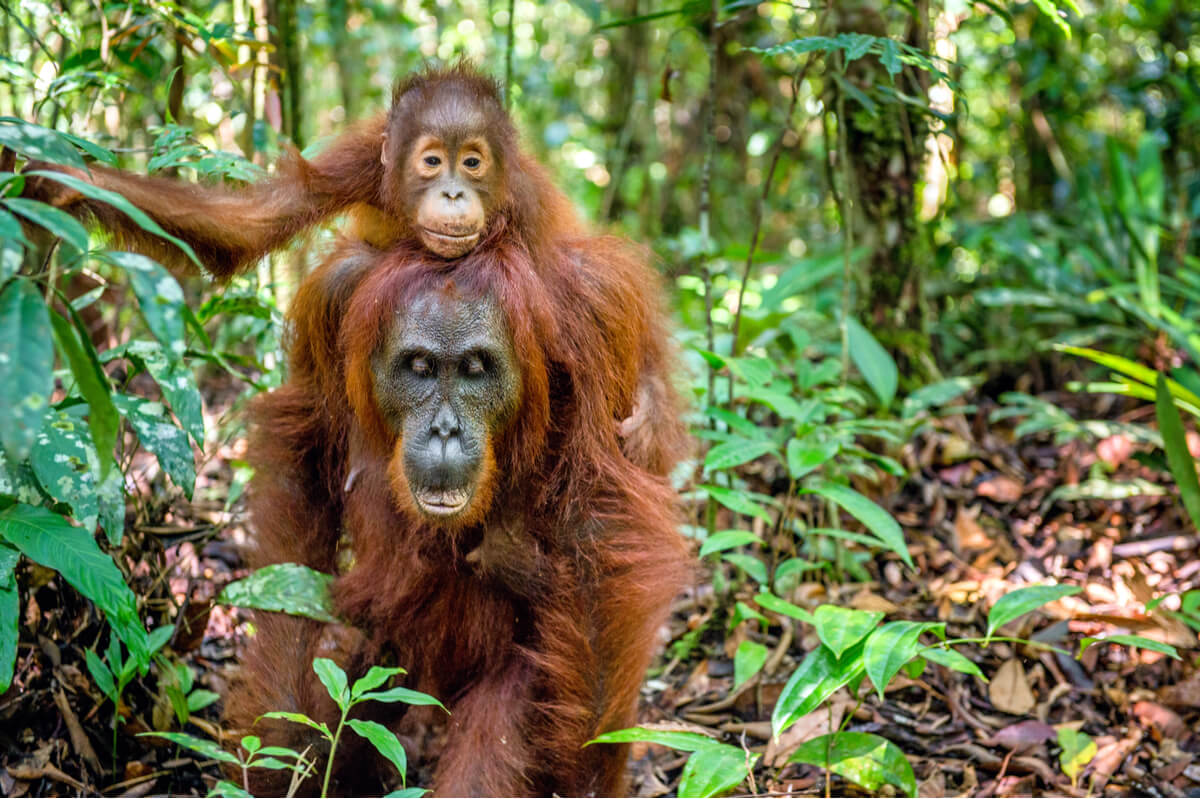
3. Colombia Wild Magic – Mike Slee (2015)
This is a documentary that —with many contrasts— shows the enormous environmental wealth that Colombia has, the second most biodiverse country in the world. For 90 minutes, viewers can appreciate the different climates and landscapes that the Andean country has.
The feature film was inspired by the documentary film Home, released in 2009, which didn’t include the participation of Colombia within the countries that managed to show their natural resources. It focuses on raising awareness about the importance of water resources, and a total of 38 species and 20 ecosystems were portrayed on screen.
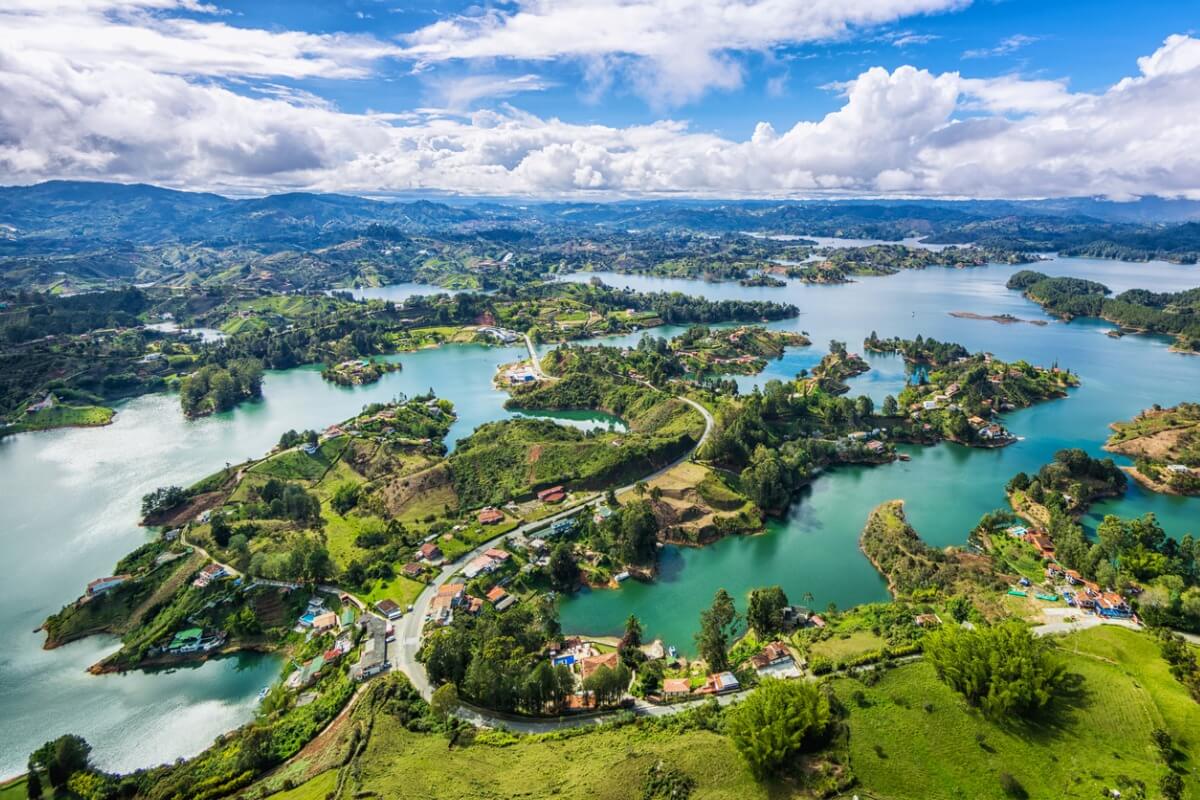
4. Blackfish – Gabriela Cowperthwaite (2013)
This film was very well received by critics. It exposed the cruelty and deadly consequences of keeping killer whales in captivity, forcing them to perform tricks in exchange for food. The story tells of the 3 incidents caused by Tilikum, an orca from the American marine park SeaWorld.
For 83 minutes we see how Tilikum was forced to live with other species that didn’t belong to its family group and to spend more than 14 hours a day in small tanks without light. Some experts claimed that these conditions created its psychotic behavior, which caused the death of 3 people in 20 years.
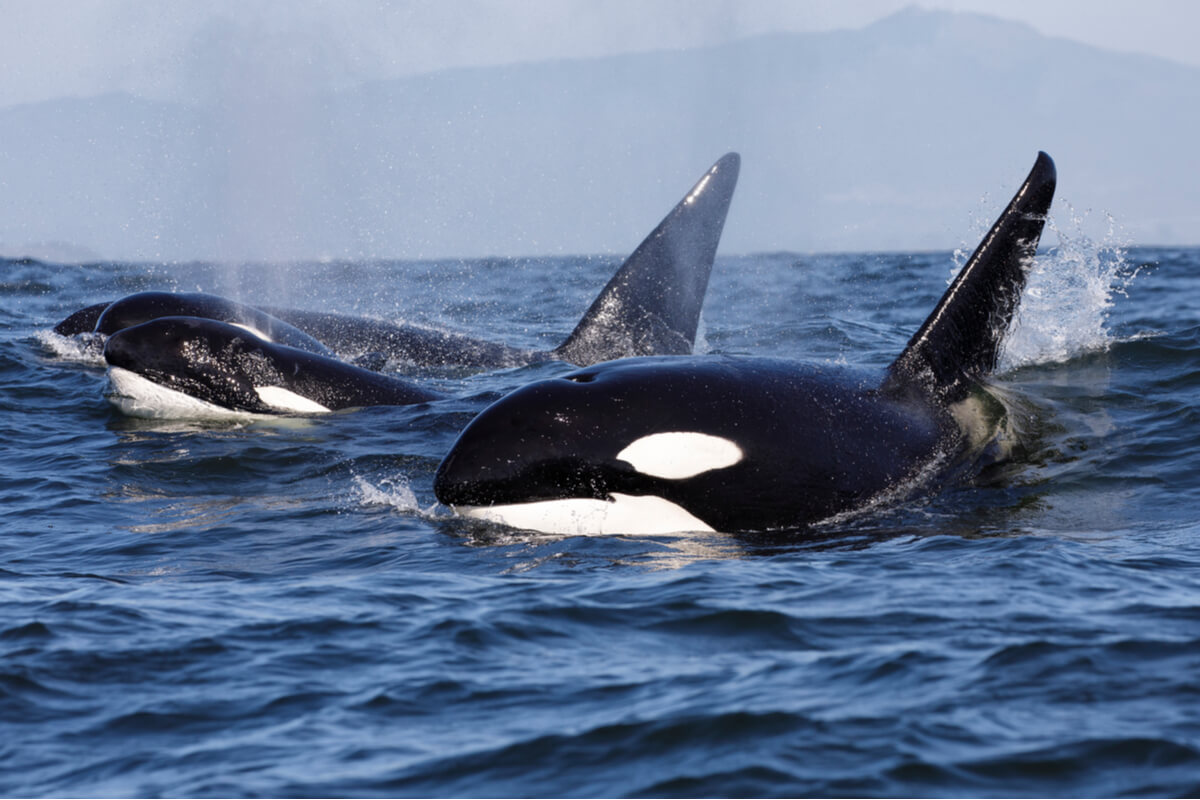
5. The Cove – Louie Psihoyos (2009)
This is a documentary that demonstrates the devastating consequences of the annual dolphin hunt in Japan’s Taiji National Park. According to the viewpoint of opponents of this event, more than 23,000 dolphins are killed each year. Among the recognition it obtained, an Oscar in 2010 stands out, in the category “Best Documentary”.
The story tells the perspective of Ric O’Barry, a former dolphin trainer who, together with an investigative team, filmed and opened the eyes of the world about this slaughter. This act is carried out to capture some specimens and sell them to aquariums or, in the worst case, commercialize their meat.
The documentary won more than 24 awards.
However, the film also narrated anecdotes which showed the Japanese were unaware of this activity, in addition to emphasizing the high levels of mercury contained in the meat of this cetacean. At the end of the film, the presumption is affirmed that Japan bought votes in the International Whaling Commission (IWC) to support the continuation of this activity.
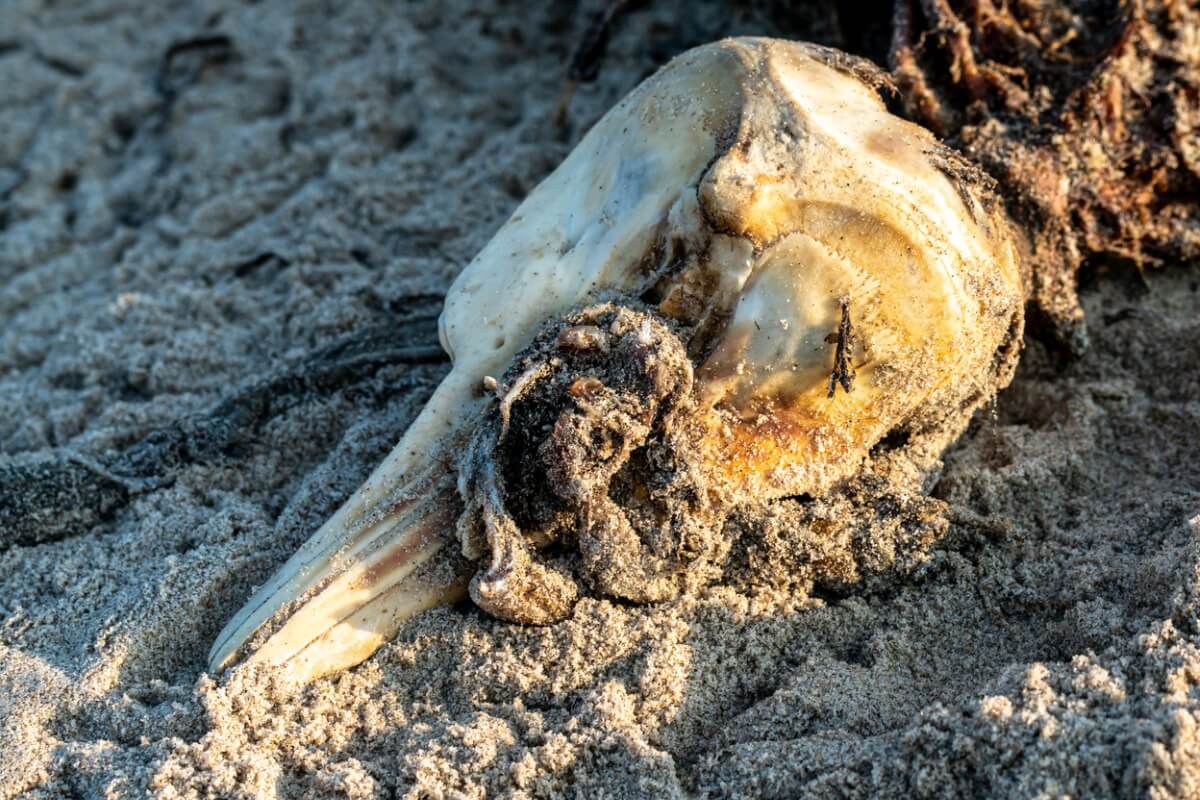
As you can see, in most cases, documentaries try to capture the reality that animals face in their struggle for survival in a world dominated by man. We invite you to make your own conclusions and, with small but important actions, we can all help to reduce problems such as pollution and climate change.
All cited sources were thoroughly reviewed by our team to ensure their quality, reliability, currency, and validity. The bibliography of this article was considered reliable and of academic or scientific accuracy.
- Butterworth, A., Brakes, P., Vail, C. S., & Reiss, D. (2013). A veterinary and behavioral analysis of dolphin killing methods currently used in the “drive hunt” in Taiji, Japan. Journal of Applied Animal Welfare Science, 16(2), 184-204.
- Andersen, K., & Kuhn, K. (Eds.). (2014). Cowspiracy: The sustainability secret. Santa Rosa: AUM Films.
- Baird, R. W. (2001). Status of killer whales, Orcinus orca, in Canada. Canadian Field-Naturalist, 115(4), 676-701.
